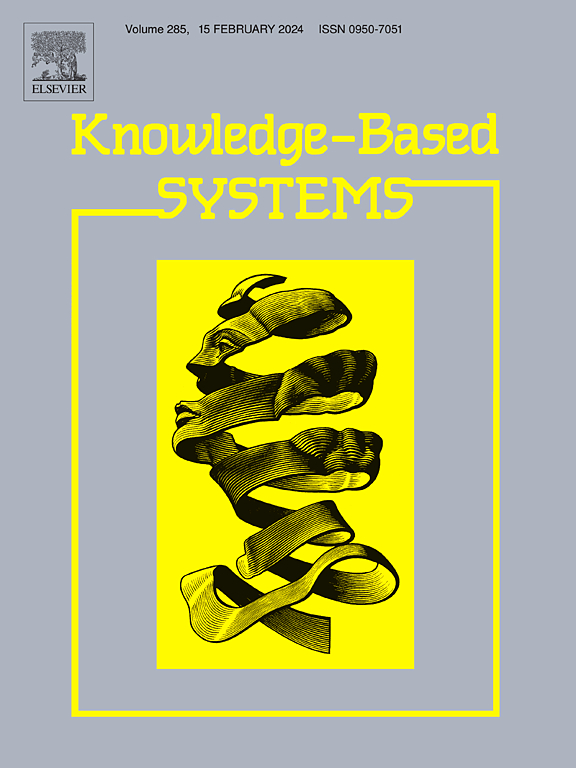Unsupervised conversion method of high bit-depth remote sensing images using contrastive learning
IF 7.6
1区 计算机科学
Q1 COMPUTER SCIENCE, ARTIFICIAL INTELLIGENCE
引用次数: 0
Abstract
Currently, remote sensing images are frequently stored in high bit-depth formats exceeding 10 bits. However, the standard 8-bit format remains the fundamental data format for visualization and deep learning applications. Traditional methods typically rely on manually adjusting the parameter threshold of the tone mapping operator to obtain 8-bit images, resulting in low automation. Although tone mapping methods based on deep learning have gradually supplanted traditional techniques, but such methods are mainly aimed at natural scene images taken by digital cameras. There are problems such as incompatibility between data format and image semantics, and it is difficult to meet the scale dependence of remote sensing image applications. To address these challenges, we propose an unsupervised bit-depth conversion method for remote sensing images that integrates generative adversarial networks with contrastive learning. We draw an analogy between gray value mapping and the motion of thermal field particles, constructing a transformer generator based on thermodynamic principles. Leveraging the analogous characteristics of high and low bit-depth image histograms, we introduce a histogram shape context contrastive loss to regulate the color distribution of the generated images. Furthermore, in light of the large-scale application characteristics of remote sensing images, we propose a post-processing method based on hybrid histogram matching to enhance image quality while generating seamless whole-scene images. We developed relevant datasets and conducted experiments, with results demonstrating that the proposed method achieves superior bit-depth conversion effects compared to existing methods. Code and data can be found at https://github.com/ZzzTD/Bit-depth_conversion.
基于对比学习的高位深遥感图像无监督转换方法
目前,遥感图像通常以超过10位的高位深格式存储。然而,标准的8位格式仍然是可视化和深度学习应用的基本数据格式。传统方法通常依赖于手动调整色调映射算子的参数阈值来获得8位图像,自动化程度较低。虽然基于深度学习的色调映射方法已经逐渐取代了传统技术,但这些方法主要针对的是数码相机拍摄的自然场景图像。存在数据格式与图像语义不兼容等问题,难以满足遥感图像应用的尺度依赖性。为了解决这些挑战,我们提出了一种用于遥感图像的无监督位深度转换方法,该方法将生成对抗网络与对比学习相结合。我们将灰度映射与热场粒子的运动类比,基于热力学原理构造了一个变压器发电机。利用高、低位深图像直方图的类似特性,引入直方图形状上下文对比损失来调节生成图像的颜色分布。此外,针对遥感图像大规模应用的特点,提出了一种基于混合直方图匹配的后处理方法,在生成无缝全景图像的同时提高图像质量。我们开发了相关的数据集并进行了实验,结果表明,与现有方法相比,所提出的方法具有更好的位深转换效果。代码和数据可在https://github.com/ZzzTD/Bit-depth_conversion上找到。
本文章由计算机程序翻译,如有差异,请以英文原文为准。
求助全文
约1分钟内获得全文
求助全文
来源期刊

Knowledge-Based Systems
工程技术-计算机:人工智能
CiteScore
14.80
自引率
12.50%
发文量
1245
审稿时长
7.8 months
期刊介绍:
Knowledge-Based Systems, an international and interdisciplinary journal in artificial intelligence, publishes original, innovative, and creative research results in the field. It focuses on knowledge-based and other artificial intelligence techniques-based systems. The journal aims to support human prediction and decision-making through data science and computation techniques, provide a balanced coverage of theory and practical study, and encourage the development and implementation of knowledge-based intelligence models, methods, systems, and software tools. Applications in business, government, education, engineering, and healthcare are emphasized.
 求助内容:
求助内容: 应助结果提醒方式:
应助结果提醒方式:


